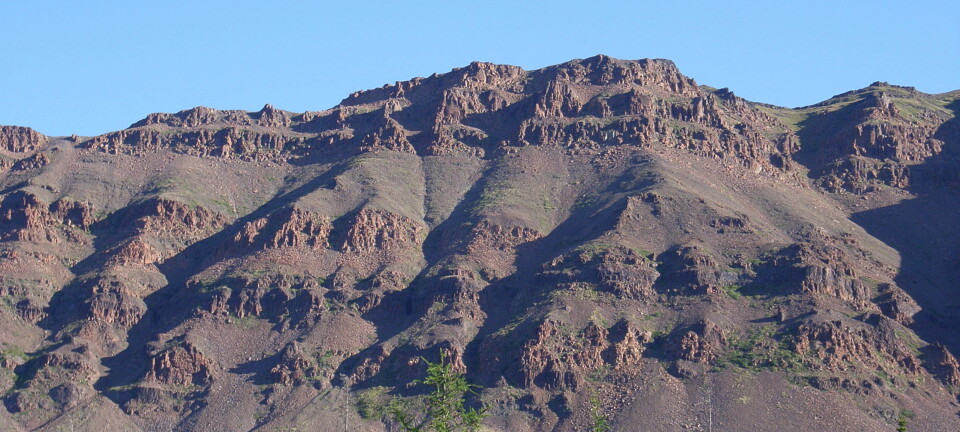This article is produced and financed by the University of Oslo - read more
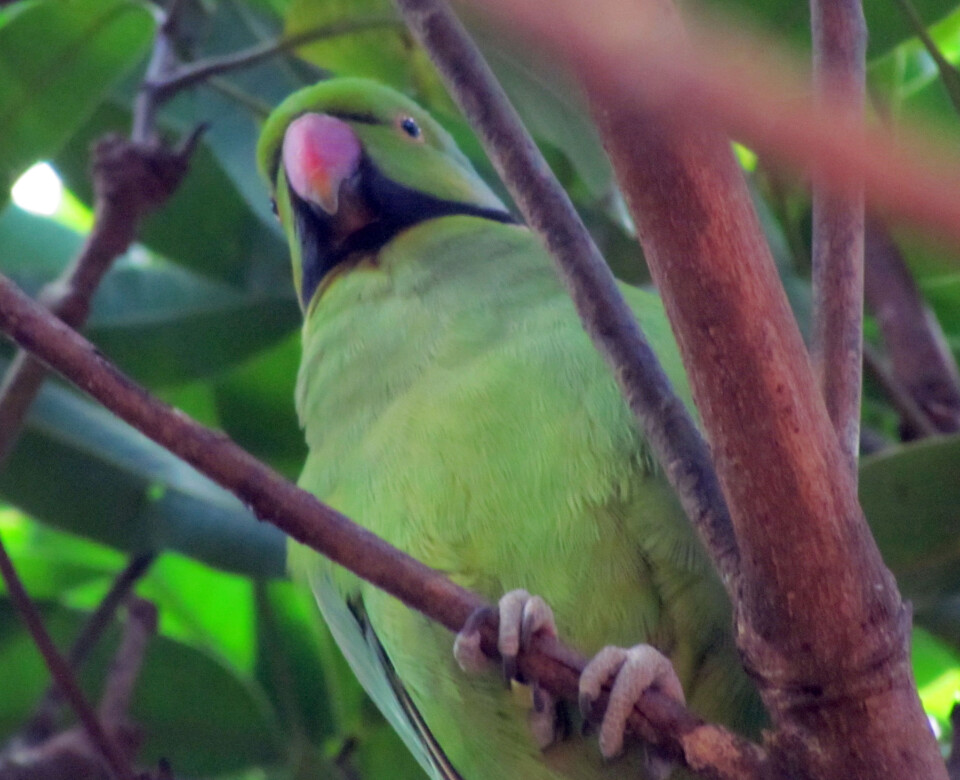
Bird species disappear much faster than previously thought, but conservation helps
During five previous global mass extinctions, between 50 and 90 percent of the world's species disappeared. Researchers now fear that we are starting a new mass extinction, because bird species are disappearing five times faster than previously assumed and 1000 times faster than in a natural state.
Studies of fossil remains indicate that an average vertebrate species used to exist approximately three million years before going extinct. But five times during the past 450 million years, the rate of extinction spiked. During these periods of global mass extinctions, between 50 and 90 percent of species disappeared, after which new species developed to fill the available space.
In recent years, many scientists have warned that we are on the brink of the sixth mass extinction, because numbers of species known to have gone extinct during the past few centuries suggest that the extinction rate is soaring. This is mainly due to human activities such as cultivating land and displacing the species that used to live in these areas.
The researcher Folmer Bokma at the University of Oslo (UiO), together with three colleagues, now presents results that support this theory: bird species go extinct even faster than previous calculations suggested.
“We calculated that avian species today will exist roughly 3000 years before going extinct. That is much shorter than previous calculations suggested, and a thousand times shorter than the three million years the fossil record suggests was typical before humans arrived on this planet”, says Folmer Bokma. He is a researcher at the Centre for ecological and evolutionary synthesis (CEES) at UiO.
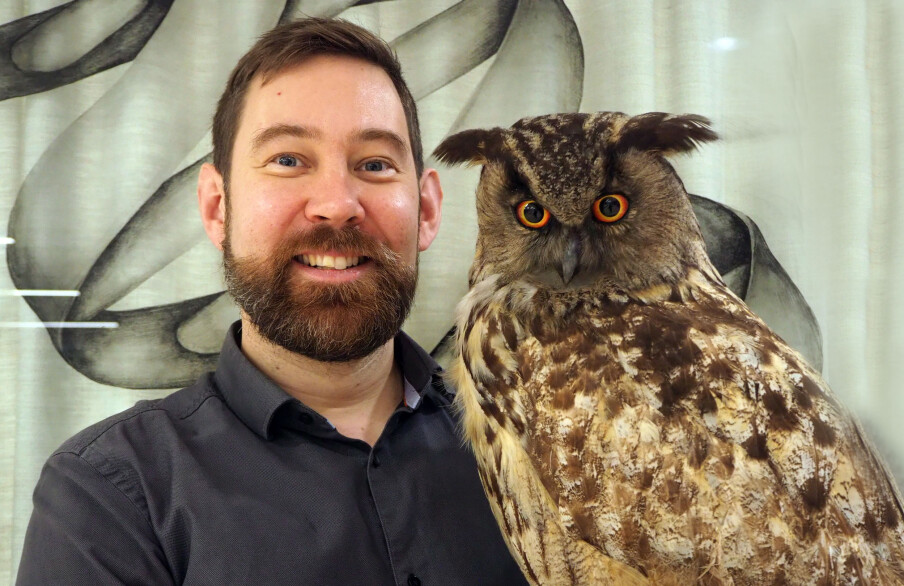
“We are exterminating bird species a thousand times faster than the natural rate,” says researcher Folmer Bokma. The eurasian eagle-owl (Bubo bubo) is an endangered species in Norway. (Photo: Bjarne Røsjø / UiO)
Last step in a process
There are roughly 11 000 species of birds in the world, and 187 avian species are known to have gone extinct during the past 500 years. Probably the best-known example of an extinct bird species is the dodo that lived on Mauritius in the Indian ocean, until European seafarers discovered the island in the 16th century.
The new calculations take into account that the extinction of a species is only the final step of a long process. In addition to the 187 bird species that are extinct, a larger number of species have declined in numbers over time.
Bokma and his colleagues therefore analysed data from the International Union for Conservation of Nature’s Red List of threatened species, which classifies species by seven categories, from «Least Concern» to «Extinct».
The scientists retrieved the Red List status of 11 064 bird species from 1988 to 2016, to study how many species had been assigned to a different Red List category during this period. This revealed that 361 species have become more endangered, but they are not extinct yet. When large numbers of avian species are becoming more threatened, this means that some of these species also risk going extinct.
“That is why we estimate a five-fold higher extinction rate than previously assumed. Simply counting numbers of extinctions in the recent past to predict the future is an oversimplification. Our calculations highlight that a large number of species is on the decline. The data indicate that a wave of species extinctions is approaching”, Bokma explains.
Habitat loss
Bokma emphasizes that it is not primarily climate change that threatens global biodiversity.
“Other studies have indicated that the most important reason why species disappear is the destruction of the natural environment in which they used to live. Overexploitation of forests, draining of wetlands, expanding cities, new factories, airports and roads, and so on. These are all examples of human activities that threaten endangered species”, he says.
The new calculations also indicate that the threat imposed on species is bigger now than it was earlier. Many recent extinctions occurred on remote oceanic islands or archipelagos like Hawaii, Madagascar or New Zealand. In many cases these species went extinct because people damaged their natural environment, and introduced rats, snakes or other animals that killed the endemic species.
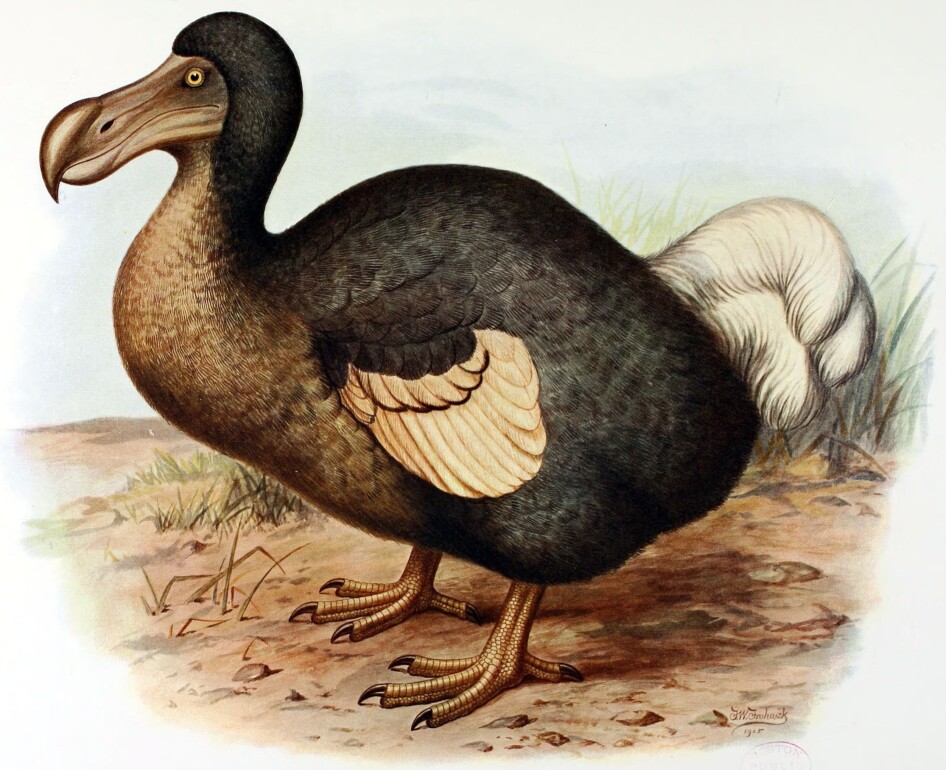
The dodo went extinct around 1680, 175 years after it was discovered by humans. (Drawing: Frederick William Frohawk (1861-1946), Wikimedia Commons)
Tibbles the cat is an infamous example: The flightless passerine Lyall’s wren had disappeared from mainland New Zealand after Maori settlers introduced Polynesian rats, but a population of wrens survived on Stephens Island in Cook Strait. In 1894, humans brought cats to Stephens Island, and Tibbles, the cat of the lighthouse keeper, has been accused of being solely responsible for the extinction of the single remaining population of Lyall’s wrens. The species was considered extinct in 1895, but Tibbles was probably more of an accomplice than the only cause for the demise of the species.
“A species consisting of only a few thousand individuals on a remote island will always be endangered. Relatively little is needed for the extinction of such a species. But now we are on our way to exterminate also species that were not limited to small areas”, Bokma points out.
“You analysed Red List data on birds. Is there reason to believe that you would have discovered a similar trend if you would had studied other animals or groups?”
“Presumably, we would have found a similar pattern. The same processes that make conditions unsuitable for birds make conditions unsuitable for other species as well. We chose to study birds because this is a relatively small group of species for which we have good data”, Bokma answers.
Conservation helps!
Bokma paints a grim picture of the threats to biodiversity, but the news is not all bad. The researchers have also studied the effect of conservation initiatives, and the conclusion is clear: these have a large and significant effect!
“A lot of people like birds. Birds are simply a popular group of species. That is why, since many years and in many countries, a whole range of different conservation efforts have been initiated, and our calculations show that these are effective. They have reduced the rate of extinction by roughly 40 per cent”, Bokma says.
The most straightforward way to preserve a species is to regulate the activities that otherwise would have led to its demise. In other words: maintain sufficiently large areas where these species can live, and forbid or restrict hunting for these species.
The Echo Parakeet (Psittacula eques) is an example of a species that was rescued, after only twelve individuals were alive in the 1970s. Bird conservationists on Mauritius have worked hard for more than 40 years to save the species. In the last update of the IUCN Red List, the species has finally been moved from the category «endangered» to «vulnerable». According to Birdlife international, there are about 800 Echo Parakeets living in the wild today.
The flightless Guam Rail (Gallirallus owstoni) is making a similar recovery: it disappeared from the island of South Guam in the late 1980s, but conservationists managed to catch 21 birds before the species went completely extinct. These birds became the start of a captive breeding program, and now the species has been reintroduced to several islands near Guam.
“But it is not a smart idea to wait until a species is on the verge of extinction, because conservation will then often be both difficult and expensive. It is better to intervene earlier: that way more of the genetic diversity of the species can be preserved, because a species that expands from a very small number of individuals is likely to suffer from inbreeding. An extra bonus is that conservation measures for the protection of one species also works as a protection for other species in the same area”, Bokma adds.
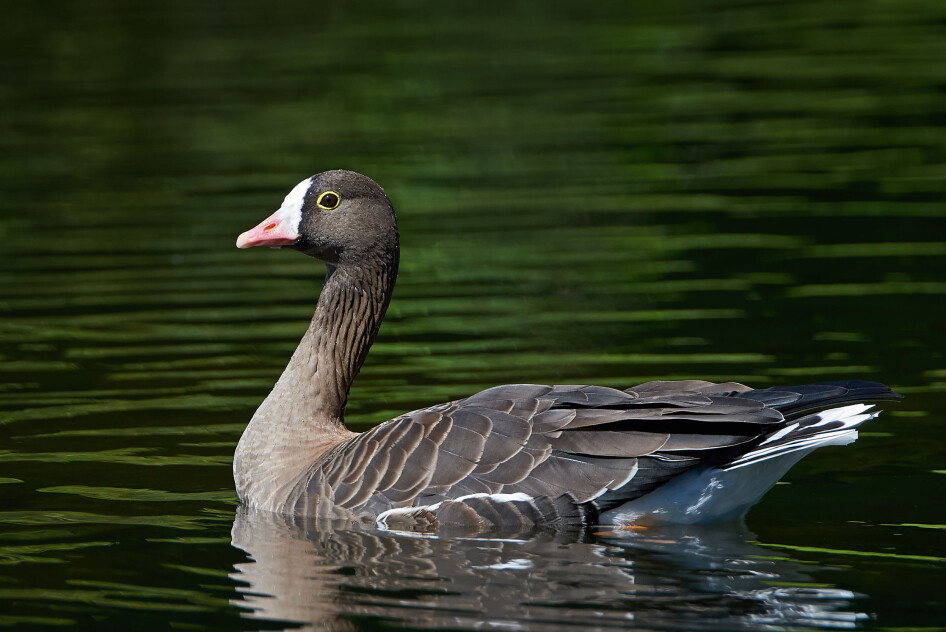
The small goose was saved
There are not many examples of Nordic bird species that went extinct during the past 500 years, but the great auk (Pinguinus impennis) is an exception. Before the 18th century, the great auk occurred in large numbers on both sides of the Atlantic, in particular on Newfoundland in Canada. But the species was hit hard, in part because it was used as a source of lamp oil. The last sighting of the great auk was in 1852.
“The reason why we haven’t lost more species in the north is in the first place that few species here are restricted to small areas. However, we have had species that were on a steep decline that was reversed, like the lesser white-fronted goose (Anser erythropus)”, Bokma explains.
The populations of this small goose in Lapland declined dramatically during the 1940s, and the species became nearly extinct. A controversial rewilding-project has been running in Sweden since 2011, which uses barnacle geese as foster parents. In Norway, the lesser white-fronted goose became a prioritized species after the biodiversity act of May 20th 2011.
The mute swan became protected in Norway in 1899, and is nowadays a common sight in southern parts of the country. The Norwegian population of white-tailed eagles has recovered after the species became protected in 1968. When species are protected, for instance from hunting, they can return from the brink of extinction.
Mathematics explained with rice
Bokma and the other researchers behind the new scientific article have use advanced amathematics to reach their findings, but Bokma has an analogy that is easier to understand.
“Imagine a pile of rice on the kitchen table, where each rice corn represents a species. If you push the heap towards the edge of the table, the corns that are closest to the edge will be the first to drop off the table. These represent species that go extinct”, Bokma illustrates.
If the pile is far from the edge when you start pushing, it will take a long time before corns start falling. But as you keep pushing the pile closer to the edge, ever more rice corns will fall. Earlier calculations of the rate at which species go extinct were in principle based on counting the number of rice corns that fell over the edge of the table, but the pile is not flat.
“What we did instead was to evaluate for all grains of rice (bird species) if they had moved closer to or further from the edge of the table –that is, if they had moved between Red List categories. That way, we could identify how many species have become more threatened without falling over the edge yet. That allowed us to calculate how fast the hand moves that pushes the pile of rice, and thereby determines the extinction rate”, Bokma explains.
Those calculations led to the finding that the extinction rate is five times higher than previously thought.
‘Super year’ for biodiversity
Folmer Bokma adds that the researchers have worked hard to finish and publish their scientific article before the Convention on Biological Diversity starts a series of important meetings in 2020. This organization has a status in the system of the United Nations similar to that of the UN climate panel for climate change: it compiles existing knowledge about global biodiversity, and delivers reports and recommendations.
“2020 has been called a «super year» for global biodiversity, because the 196 Parties to the Convention on Biological Diversity will negotiate a new global framework to safeguard all life on earth. This scientific article has two important messages for the CBD delegates: species are going extinct faster than previously thought, and initiatives to protect them are really effective”, Bokma summarizes.
Reference:
M.J. Monroe et.al:«The dynamics underlying avian extinction trajectories forecast a wave of extinctions». The Royal Society – Biology Letters, Published 18 December 2019.










